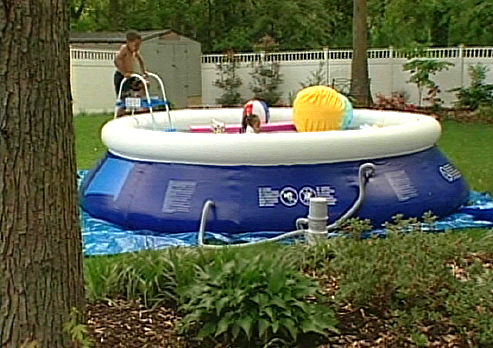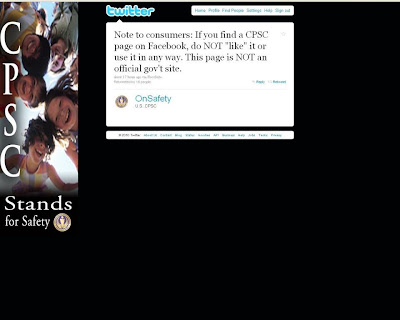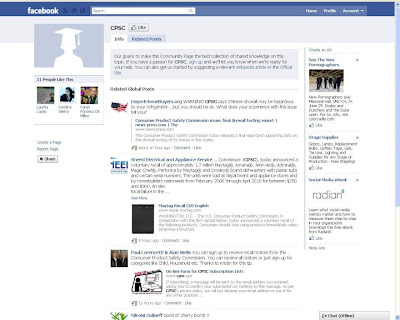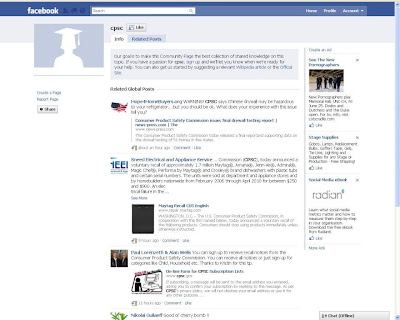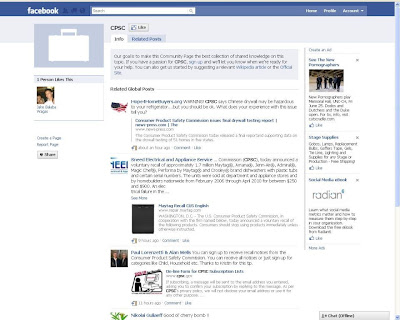CPSC: Exploding Toilets Not Just an Urban Legend
Independence Day may have passed, but for millions, the fireworks are still ongoing – in their bathrooms. And, no, this is not a cheap excuse for potty humor. The Consumer Product Safety Commission has issued a recall of the Sloan Flushmate III Pressure-Assist Flushing System after receiving over 300 reports of exploding toilets. According to the CPSC, the flushing system installed in approximately 2.3 million toilets nationwide can burst under increased pressure, shattering the tank. At least 14 people have reported impact and laceration injuries from pieces of exploding porcelain. Ouch.
The recall comes in light of several news reports over the past year of unexplained toilet explosions. Last September, two federal employees were injured by shards of porcelain when two toilets exploded in the General Services Administration building in Washington D.C. In March, students from the University of Chicago reported that toilets were exploding in their dormitory. It is unknown whether these incidents are related to the Flushmate, but we imagine it may become the scapegoat for government bureaucracy and inhumane freshman living conditions.
While the CPSC did not comment on the relative severity of any such incidents, explosions are not something one typically expects from the inner sanctum of the bathroom abode. Exploding toilets are supposed to be the product of urban legend and children of the ’90s toting M-80s (See, e.g. Problem Child). At this time, no details are available as to the cause of the pressure build-up in the Flushmate, but we can not refrain from utilizing a few jokes to help tell the story.
If the reports of injuries are accurate, we here at Abnormal Use expect the Flushmate may be the future target of some product liability litigation. While not enough facts are known to accurately comment of the validity of any manufacturing defect claims, it is difficult to foresee many inherent defects in the product’s design given the relatively few complaints compared to the millions of products sold over a decade. And, as for failure to warn? We can only imagine the allegations of the well-drafted complaint:
Manufacturer failed to adequately warn that toilet may become explosive with use.
Obviously, if there are true injuries involved, this should be no laughing matter. However, there is something about the combination of toilets and explosions that brings out the child in us all. Now, with news of the recall and the likelihood of potential litigation, the exploding toilet is no longer the stuff of urban legends.















